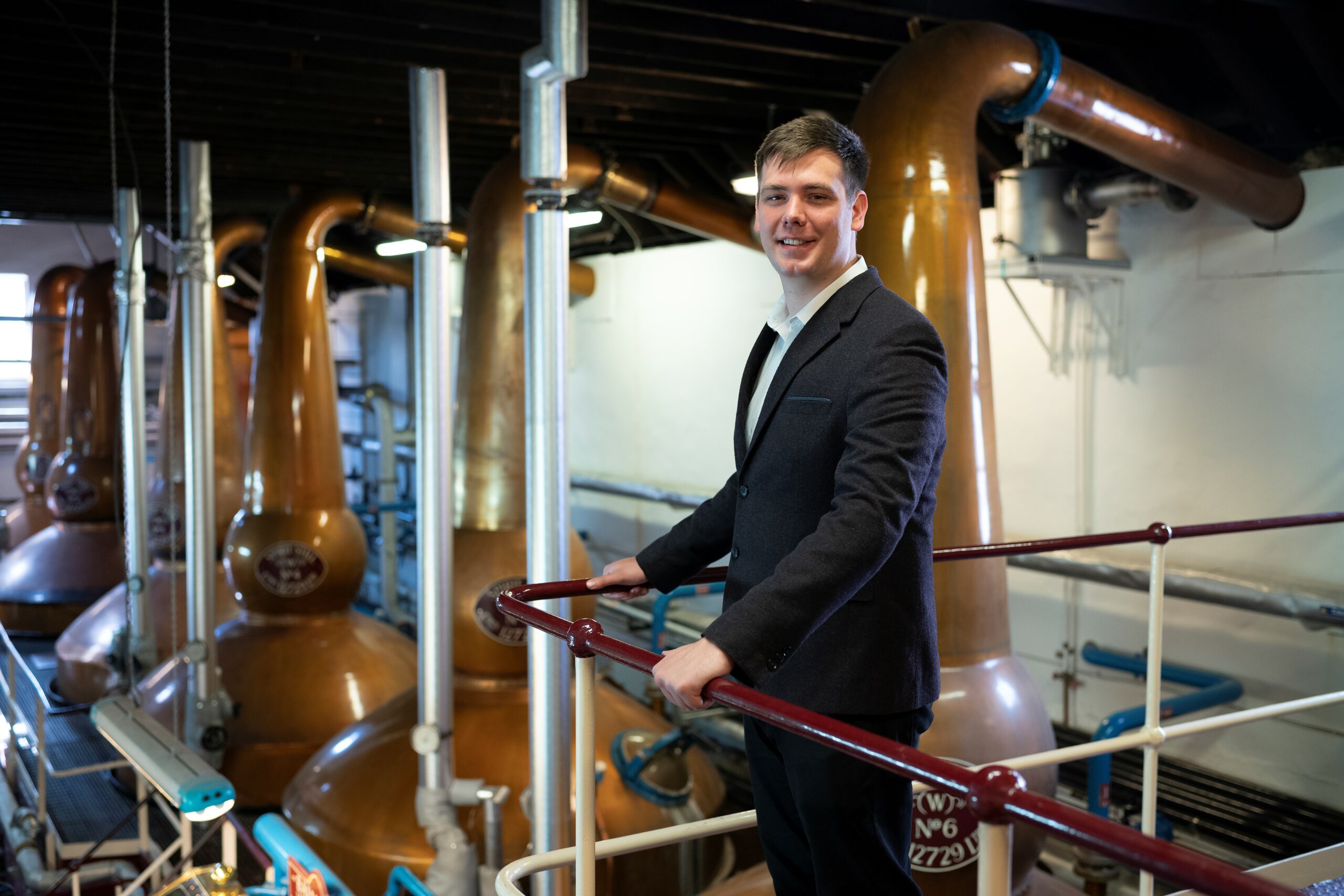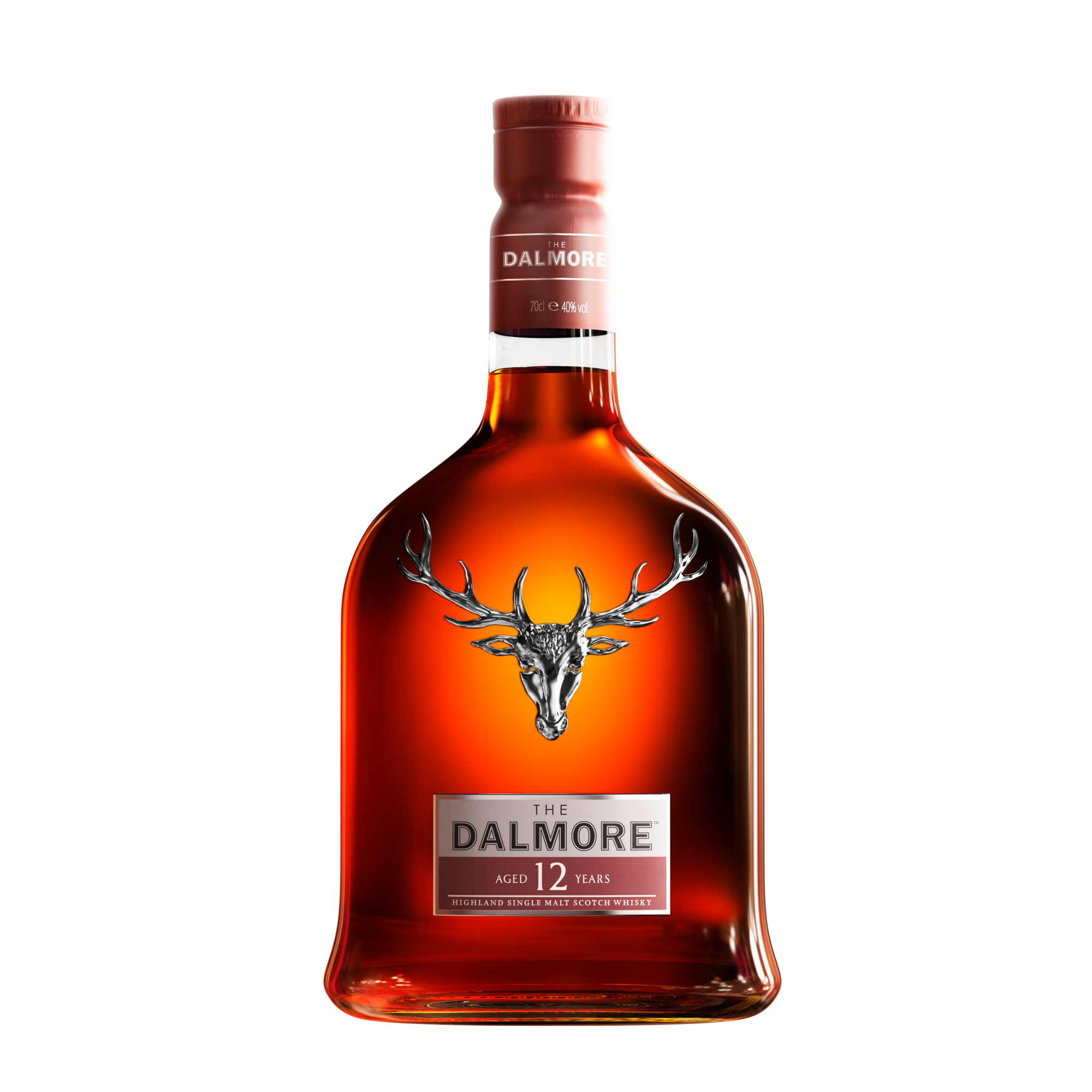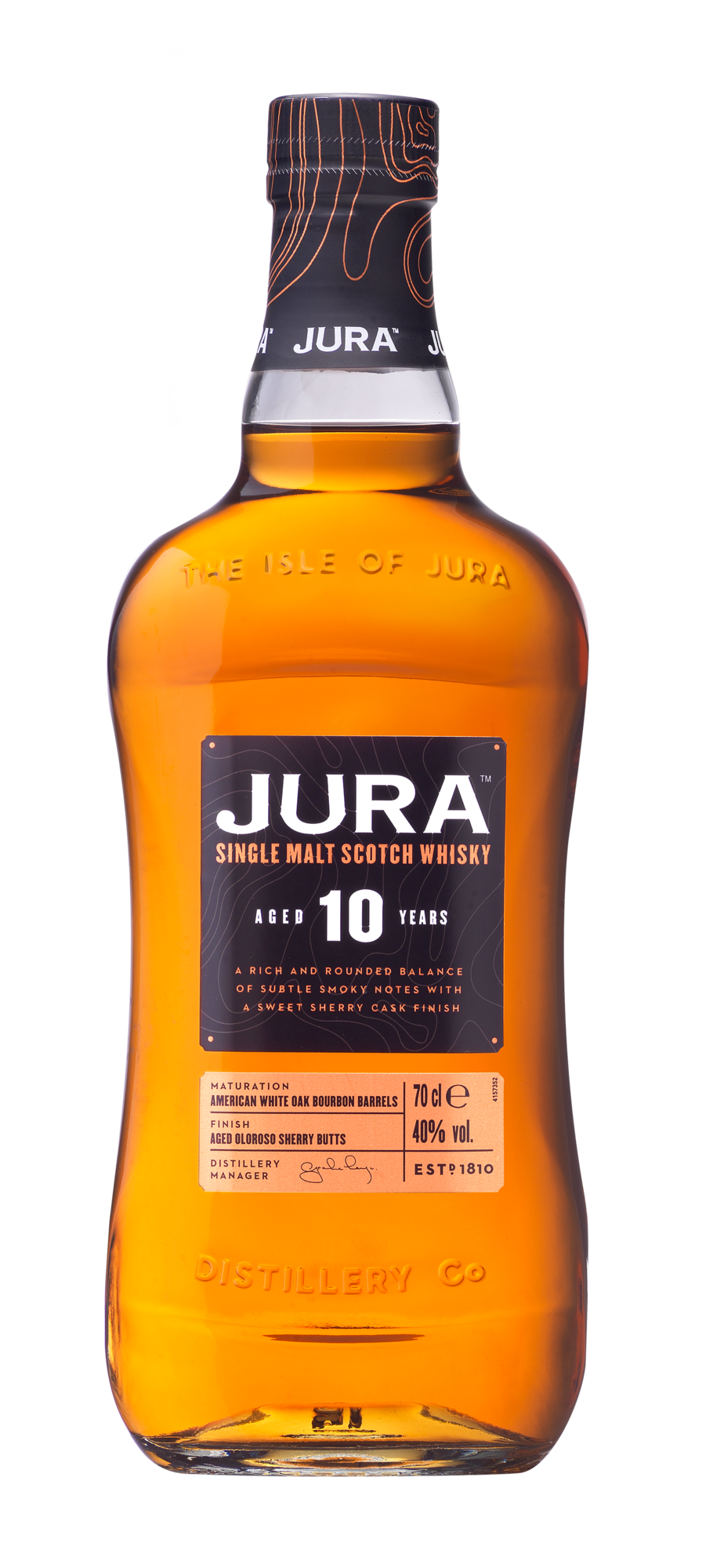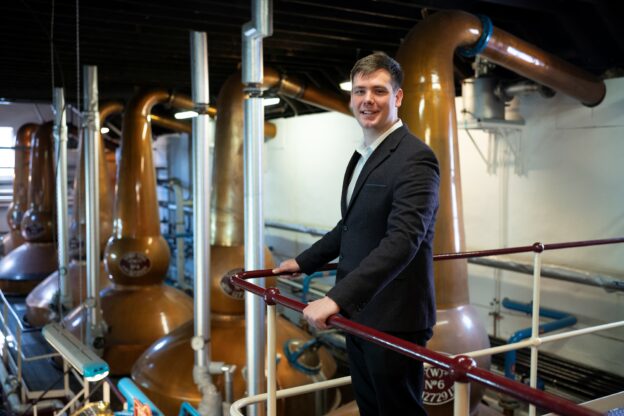As the Indian whisky market evolves with the introduction of newer and more premium products, Indian consumers are increasingly gravitating toward ultra-premium spirits. Whyte & Mackay (W&M), originally acquired by USL (later Diageo) and eventually sold to the Philippines-based Emperador Distilleries, has made its offerings available in India through VBev. In a conversation with Bhavya Desai, James Cordiner, International Malt Specialist at W&M, and Sumedh Singh Mandla, CEO, AWS Global and VBev, shared perspectives on their portfolio, market strategy and future plans. Excerpts:
Whyte & Mackay’s current portfolio in India spans both the ultra-premium and premium segments. The lineup includes the renowned Dalmore single malt, available in age statements of 12, 15, and the Port Reserve edition, while the premium range features Jura single malt, offered in 10- and 12-year-old variants.

In addition to Dalmore and Jura, the company plans to launch the Tamnavulin single malt at the end of this year or early next year, with Fettercairn single malt also in the pipeline.
James Cordiner, who recently joined W&M, is no stranger to the Indian market, given his previous tenure at Bacardi. He is impressed by India’s passion for whisky. “It’s a huge whisky market and one that’s growing rapidly as consumers become more adventurous and curious,” he observes.

Both James and Sumedh recognize that while Indian consumers are leaning toward premium spirits, Dalmore is positioned at a higher price point (₹14,300 per bottle in Mumbai). Nevertheless, they are optimistic that consumers will connect with the brand’s heritage, craftsmanship, and royal legacy dating back to 1839. James emphasizes that the cask selection and meticulous production process are what set these whiskies apart.
Despite the competition in the segment, Sumedh is confident that W&M’s products can carve out their own niche, particularly with the rise in consumers’ purchasing power. For those who find Dalmore’s price point steep, Jura offers a more accessible option.
Currently, the brand’s strategy includes advocacy and education initiatives targeted at on-trade establishments, with activities expected to commence soon. W&M products are now available in approximately 20 tier A and B cities, and they are also looking to go more vertical in the States that they are already available in. For instance, in Maharashtra – expanding to other cities like Nagpur, Pune, Kolhapur etc apart from Mumbai. Although the top line products might not be made available in these markets, but they tend to surprise W&M in terms of aspiration and growth.

But growing that market comes with its challenges and fluctuating price points, shifting regulations in each State hamper the expanding market reach. Additionally, securing sufficient supply quotas for wider distribution also remains a concern, which a more streamlined regulatory framework could address.
Sumedh mentions an example: if a regulator requires a barcode to be repositioned on the bottle, it’s difficult to implement such changes after the labels have already been customized. A standardized policy would simplify these processes and accelerate growth across the segment.
James admires the progress of Indian single malts, noting, “You’ve got some fantastic whiskies being produced in India.” He points out that Scotland’s cold climate allows for extended maturation periods, resulting in more complex and nuanced flavour profiles that can develop over decades. By contrast, India’s warmer climate accelerates maturation, but might limit the depth of flavours that can be achieved within 10 to 12 years. Nonetheless, he believes that India’s single malt journey will play a key role in shaping the country’s luxury whisky market for the future.
Interestingly, the demand for luxury products is surging in smaller cities, with on-trade partners requesting more stock of premium offerings like Dalmore. Clearly, Dalmore is being positioned as an aspirational brand, catering to discerning consumers who appreciate fine spirits. But interestingly, their messaging isn’t solely targeted at men, but also at women who have reached a certain level of accomplishment in their professional and personal journeys. Moving forward, the brand plans to conduct more high-profile events to engage with affluent consumers and reinforce brand loyalty.

For those already familiar with single malts and seeking an elevated experience, W&M aims to meet their expectations. Even with Dalmore’s luxury pricing, Sumedh doesn’t see this as a major hurdle. He anticipates that as duties gradually decrease over time, products like Dalmore will become more accessible to a broader audience, growing India’s journey further.
It is clear that Whyte & Mackay’s legacy, which is built on over 175 years of whisky-making expertise, steeped in tradition and a pursuit of quality, has grown into one of the most respected names in Scotch whisky, renowned for its craftsmanship and innovative blending techniques. From the luxurious Dalmore with its rich heritage dating back to 1839, to the adventurous Jura and the approachable yet complex Tamnavulin, their current whisky portfolio offers whisky enthusiasts an option at every stage.
As the Indian whisky market continues to evolve, W&M’s commitment to delivering exceptional products, combined with its focus on storytelling and education, positions it in a strong footing for the future.

